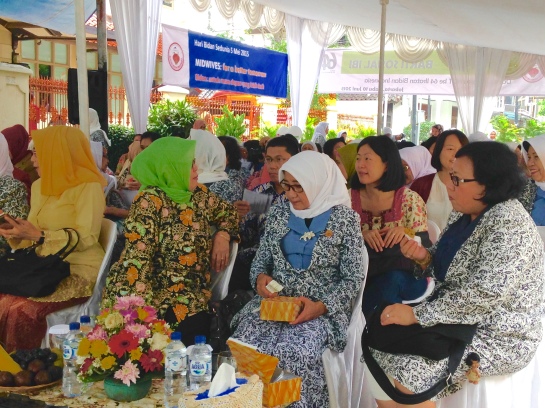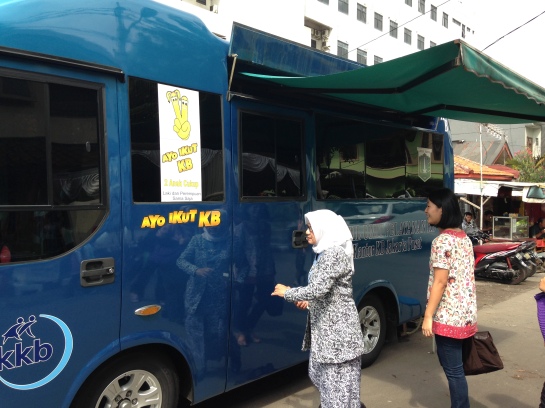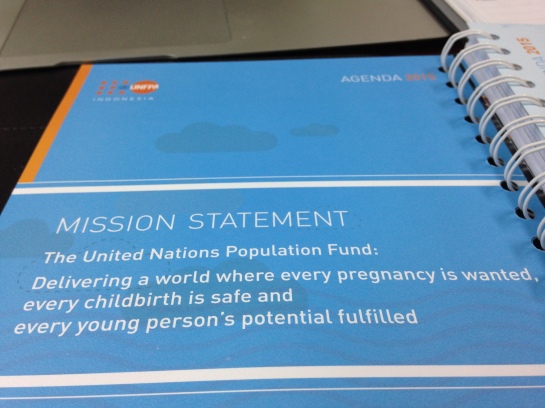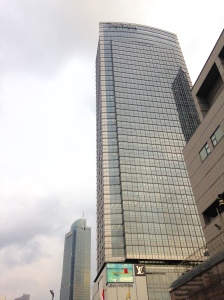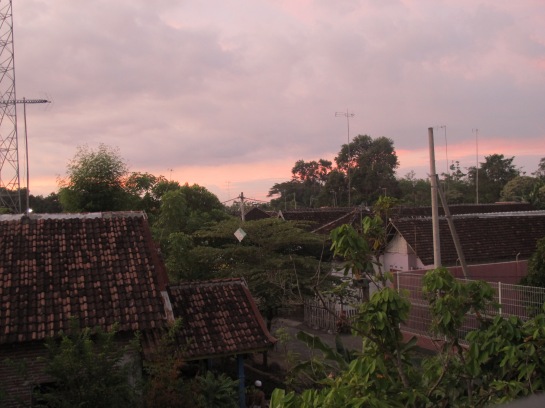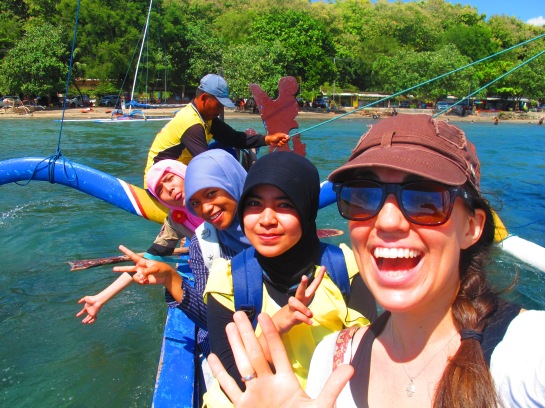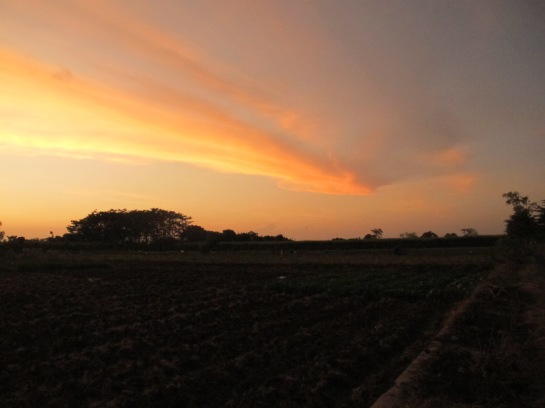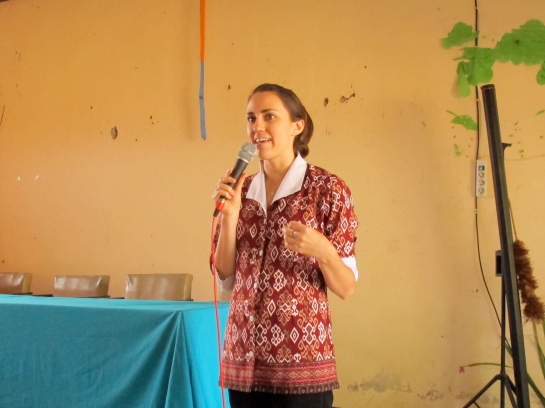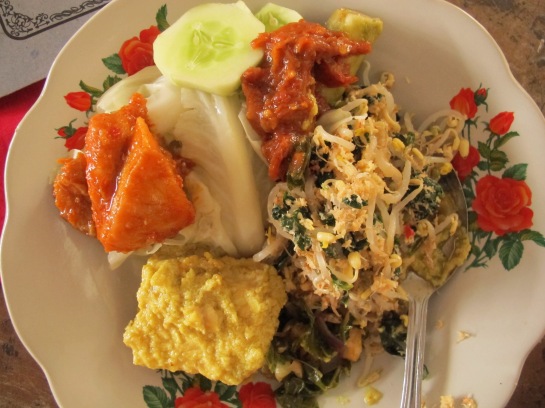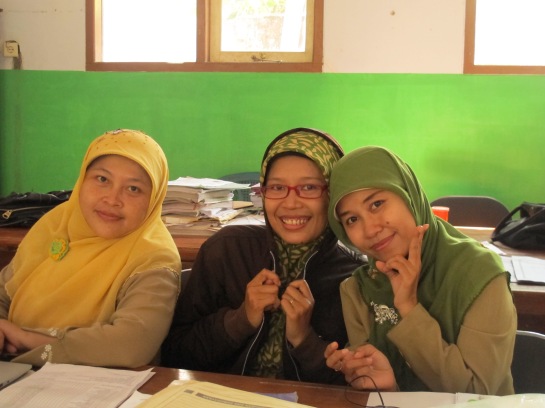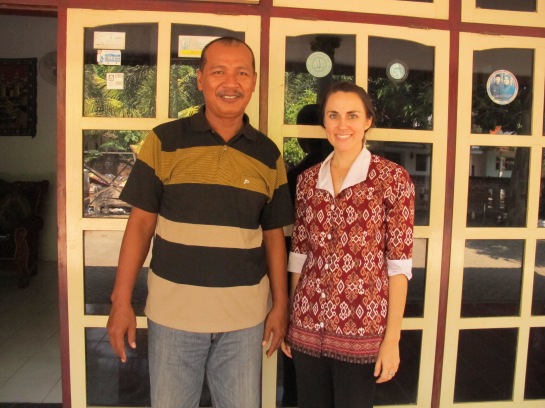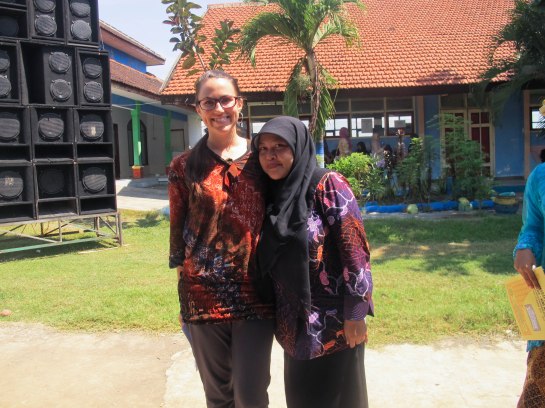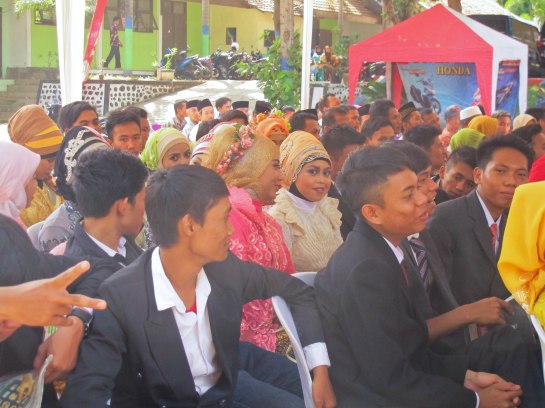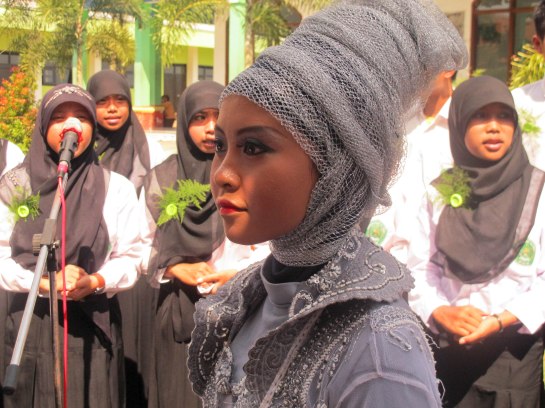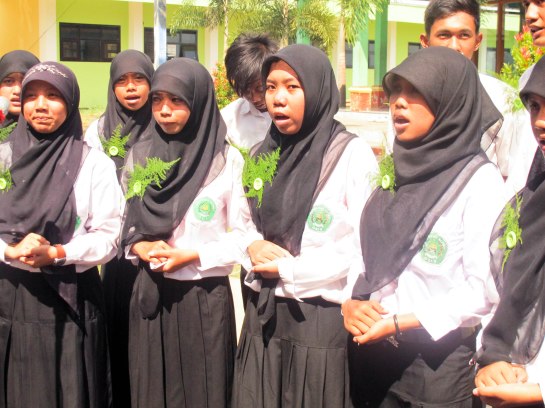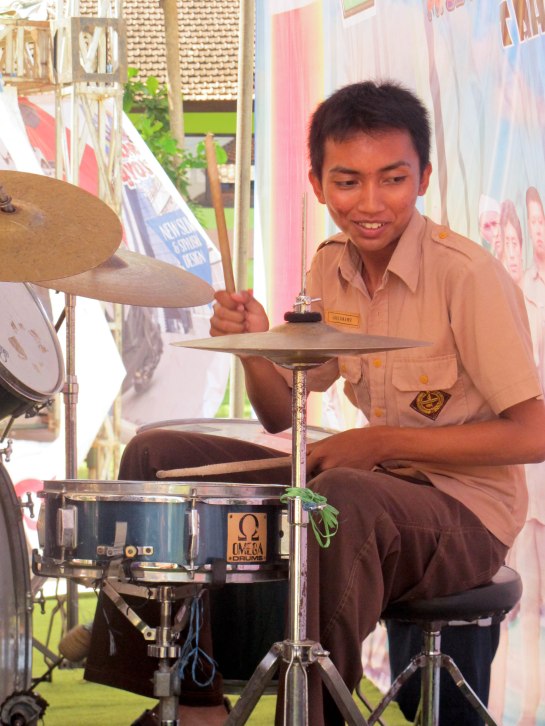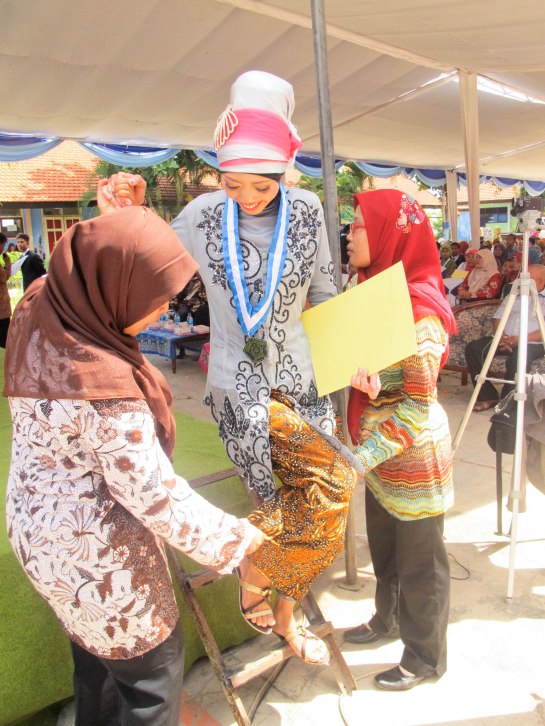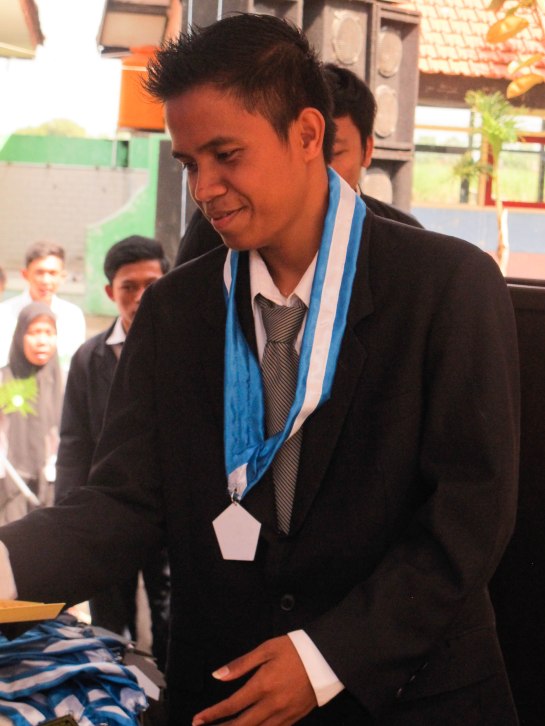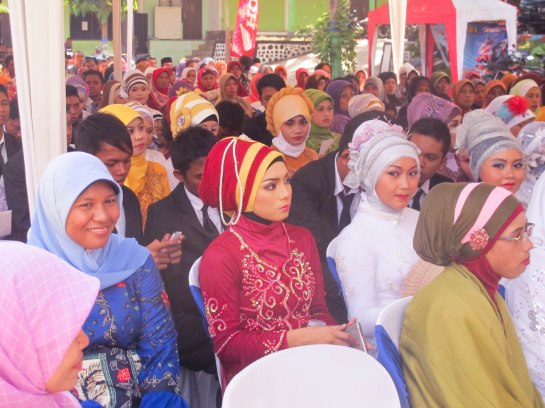The next adventure
And so begins my next adventure – becoming a nurse! I am embarking on an accelerated training program to receive a Bachelor’s of Science in Nursing at what just so happens to be the number one nursing school in the U.S. – Duke. The draw to Duke was not in the name; I’ve never really been a Blue Devil (but you better believe I’ll be in Cameron Stadium come basketball season!). I chose Duke because it is a very high quality training program. I was blown away by the simulation labs they have. With beaucoup mannequins that mimic real-life patients and multiple rooms that mirror those of a hospital, I didn’t find another nursing school with simulation labs comparable to Duke’s. I also liked the layout of their curriculum, which focuses on caring for individuals across the span of life, from birth to death, using wellness as opposed to illness as the starting point of providing care.
How did I get here? Lots of school and work. I finished a graduate program in public health two years ago and by the time I finished, I knew that I wanted to eventually pursue a nursing degree. I love public health but there is so much policy in it that actually working in public health more often than not means spending a lot of time at a desk in an office. Maybe one day I will sit at a desk to do my job, but I am not ready for that yet! A public health education gives you a deep understanding of how to build and run programs that benefit communities, states, nations, and the world, but it does not give you any clinical skills. As an example of the difference, public health focuses on developing and running programs that vaccinate populations of people to prevent disease; nursing focuses on administering those vaccines to individuals and making sure patients receive the right vaccines and the right times.
After graduate school, I spent a year-and-a-half researching nursing programs and taking prerequisite courses required to apply. One remarkable thing about nursing training programs is how asynchronous they all are. There is no standard nursing curriculum across the nation to churn out Registered Nurses. It seems that it is up to the institutions to choose how to prepare their students to become nurses and, perhaps most importantly for the school, to pass the national board exam to be come a Registered Nurse. While shopping around for nursing schools, I kept an extensive spreadsheet of all the schools in which I was interested that soon became an unruly spreadsheet because each school requires different prerequisite courses, has different deadlines for applications throughout the year, as well as varying matriculation dates. Some schools require that your prerequisites are finished before you apply, others do not. Some schools require that you have xx hours of clinical experience before you apply, others do not. Some programs accept non-nurses into and train them all the way through a Master’s degree to become Nurse Practitioners with no previous clinical experience, others only train non-nursing students to the Bachelor’s level to become a Registered Nurse.
I went the route of becoming a Registered Nurse first and will later work on a higher degree to become an advanced practice nurse. Duke is all about training nurse leaders so I expect to be poised to serve as a leader once I’m done with this program.
Starting School
I recently FaceTimed my nieces (5- and 7- years old) and asked how they felt about starting school next week,
“I feel excited and also nervous!” says the five-year old.
“Sometimes I feel excited, like this, [imagine a very happy, smiling face], and sometimes I feel like curling up into a very small ball.” says the seven-year old.
Their feelings reflect mine after wrapping up my first week of nursing classes. I don’t have any assignments due yet, but I have a stack of books to read, a million videos to watch, and a whole lot of lab and clinical hours ahead of me. It makes me excited and nervous. Mostly I feel enthusiastic about gaining new nursing skills but I have also felt the daily desire to curl up into a small ball over how the heck I am going to get from where I am today to an employable nurse in 16 months time.
The nursing faculty have recommended taking small daily bites of the material. For my four classes (Nursing Assessment, Wellness, Homeostasis/Pharmacological Principles, and Professionalism in Nursing) and my lab work in how to assess patients and carry out basic nursing tasks, I am to review a little bit of that material each day, six to seven days per week and prepare for the next day’s lecture or lab. That’s a lot of studying! But it seems like a good approach to stay on top of the learning so that when an exam rolls around, I won’t feel like cramming or pulling an all-nighter are necessary.
The nursing faculty also shared a quote about how Michaelangelo created his masterpiece Statue of David, something to the effect of, ‘every block of stone has a statue inside of it and it is up to the sculptor to chip away at it until the sculpture is revealed.’
So here I am after week one, a big ol’ block of stone. For now, I will hold on to the image of being chipped away at and smoothed out, with each passing week of this program, until a competent nurse emerges.

Perhaps the Statue of David is also an opportunity to brush up on my anatomy prowess?

